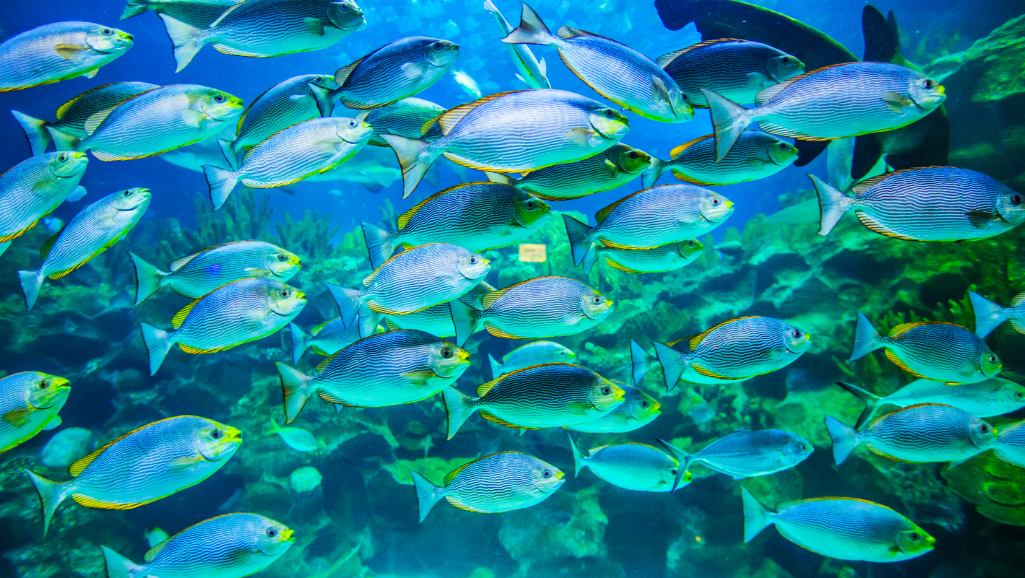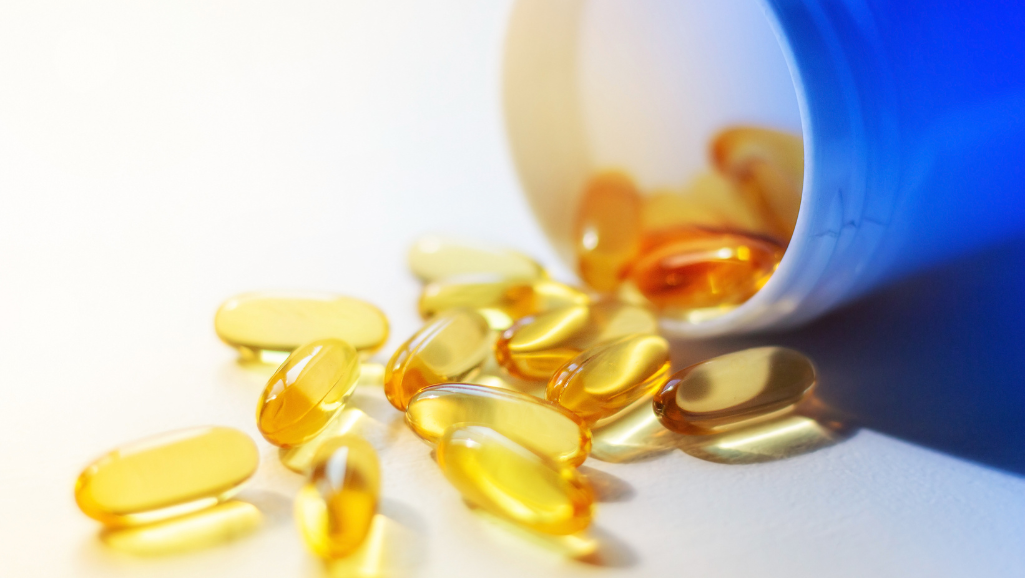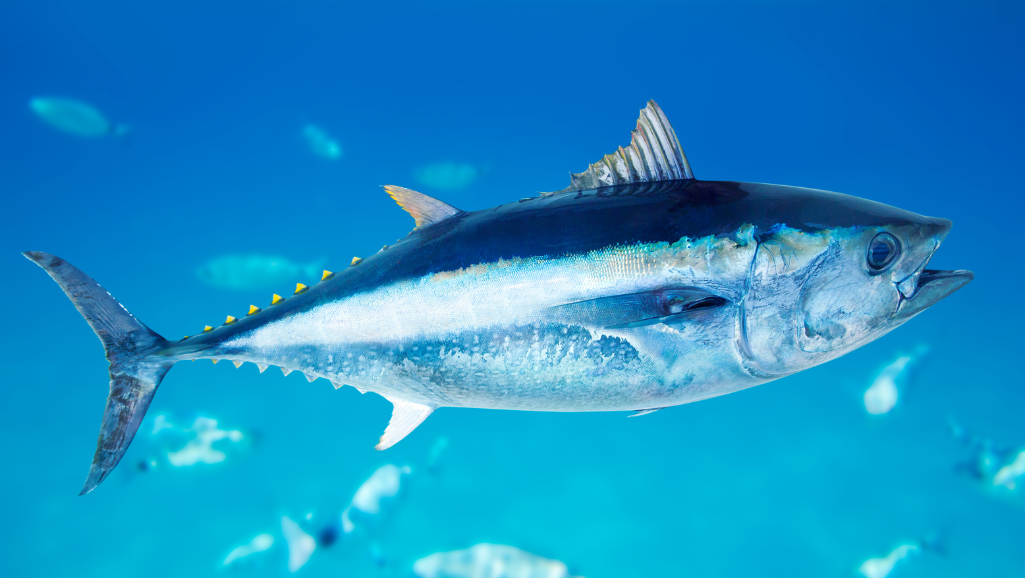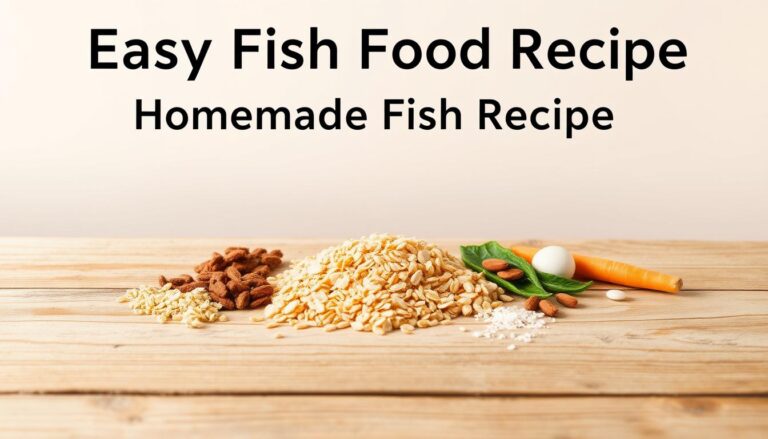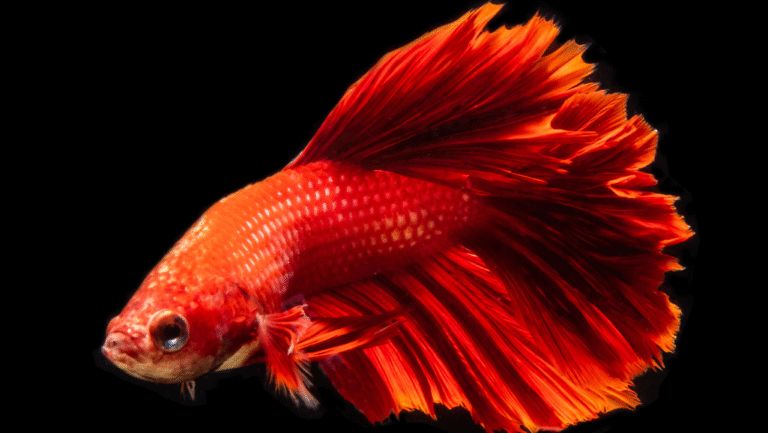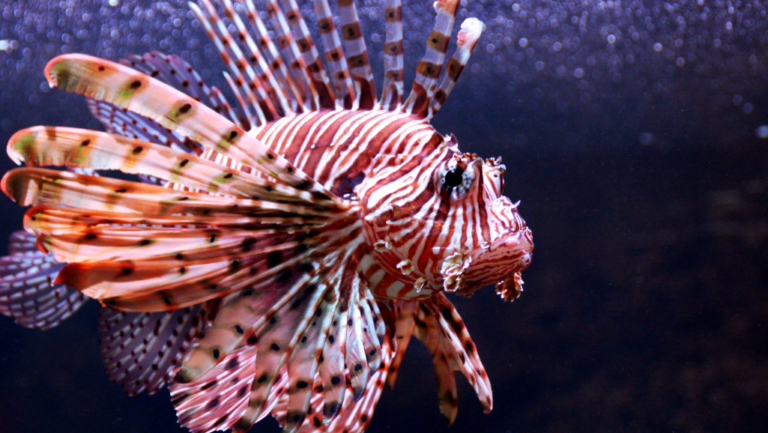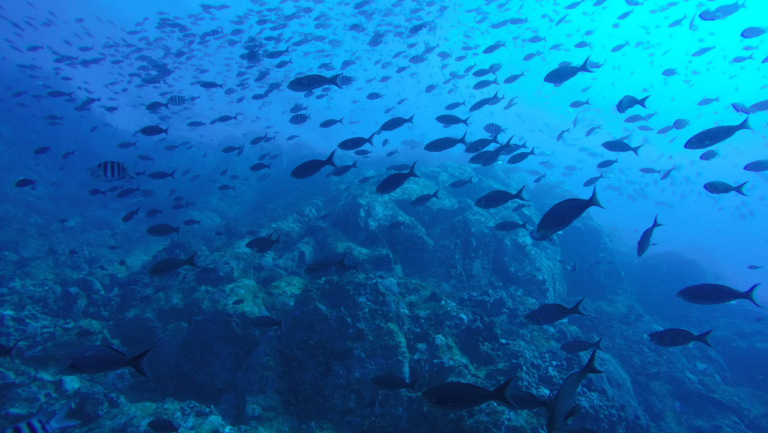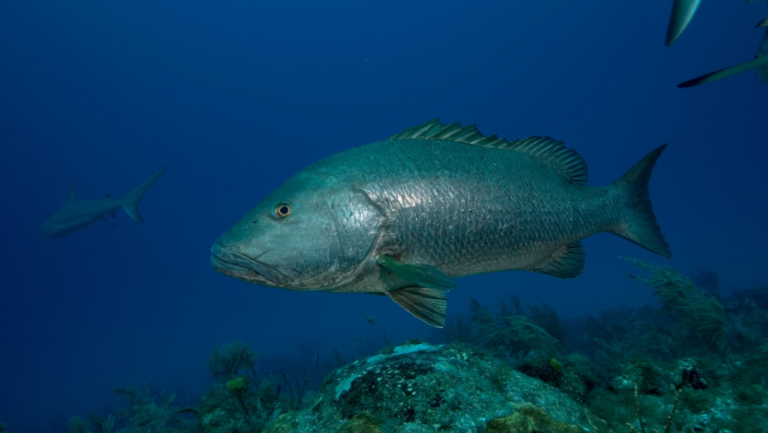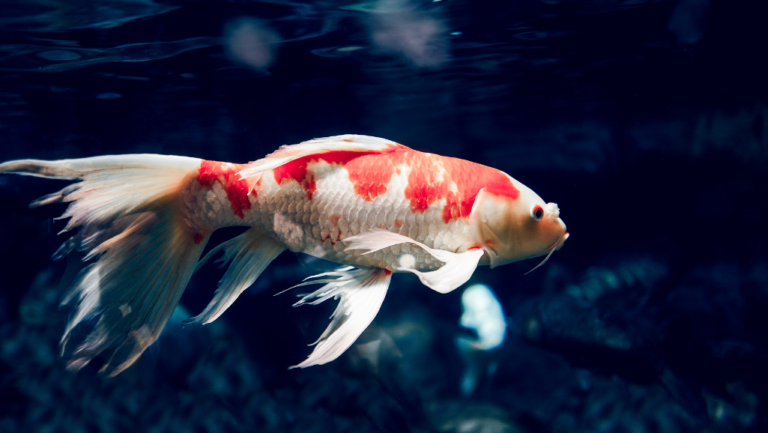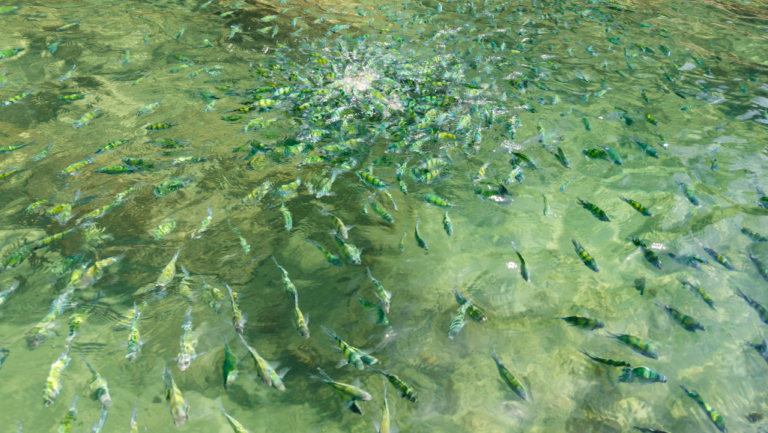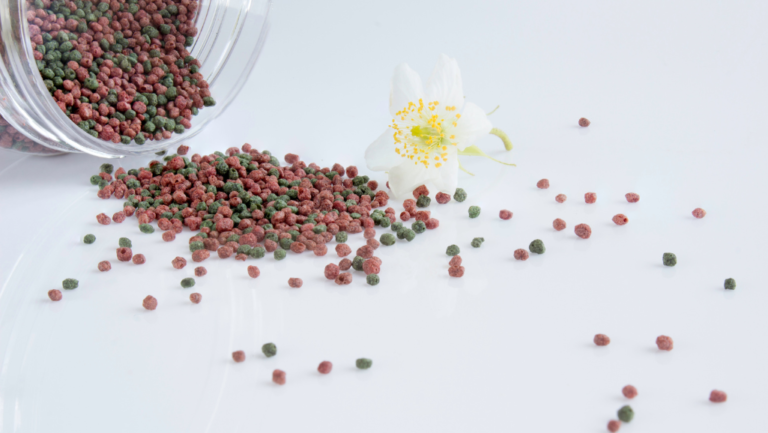Fish is a great choice for a healthy diet and managing calories. Knowing the nutritional value and calorie content of different fish is key. This guide will help you understand the calorie counts and macronutrient profiles of various fish. It’s all about making the best choices for your diet.
The calorie content of fish changes based on the species. Lean white fish has fewer calories, while fattier fish like salmon and mackerel have more. For example, a 3-ounce serving of bass has 82 calories, while the same size of salmon has 177 calories. The fish’s diet, environment, and how it’s prepared also affect its nutritional profile.
When looking at the calorie content of different fish, remember to check the serving size. A 100-gram portion of abalone has 209 calories, but a 75-gram piece has 157 calories. A 100-gram serving of eel has 281 calories, but a 208-gram portion has 583 calories. Knowing the calorie counts and serving sizes helps you plan your meals and control your calorie intake.
Key Takeaways:
- Fish is generally low in calories and high in protein, with most varieties containing around 100 calories or less per 3-ounce serving.
- Fattier fish like salmon and mackerel have higher calorie counts due to their increased fat content, with about 200 calories per serving.
- The nutritional profile of fish is influenced by factors such as the species, diet, environment, and preparation method.
- Comparing calorie content across different fish types requires considering the serving size for accurate meal planning and calorie management.
- Understanding the calorie counts and macronutrient profiles of various fish species helps in making informed choices when incorporating fish into a healthy diet.
Understanding Fish Calories and Nutrition
Fish is a nutritious and versatile protein source that offers numerous health benefits. There’s a wide range of options when it comes to seafood calories. Knowing the calorie content and nutritional value of different fish species helps you make healthy choices.
Comparing Calorie Content Across Different Fish Species
The calorie content of fish varies by species. For example, a 3-ounce portion of salmon has 200 calories. The same size of cod has only 90 calories. Here are the calorie counts for some popular fish:
- Halibut, raw with skin: 116 calories
- Yellowfin Tuna, fresh and raw: 109 calories
- Cod, Atlantic and raw: 82 calories
- Mahi-mahi, raw: 85 calories
- Atlantic Ocean Perch, raw: 79 calories
For a low-calorie diet, choose lean fish like cod, perch, and tilapia. These fish offer high-quality protein without too many calories.
Factors Affecting the Nutritional Value of Fish
Several factors influence the nutritional value of fish. Fish is a great source of complete protein, with all essential amino acids. A 3-ounce serving gives you about one-third of the daily protein you need.
Fish is also low in fat, with most species having less than 5% total fat. The fat content and omega-3 levels vary by species. Darker-fleshed fish like salmon have more fat than lean white fish.
“The American Heart Association recommends eating at least two servings of fish each week.”
Eating a variety of fish ensures you get a range of nutrients. The American Heart Association suggests eating low-calorie fish like salmon and mackerel for better health.
Lean Fish Options for Low-Calorie Diets
Incorporating fish into your diet can change your game. Studies show that eating fish regularly helps reduce waist size and lowers metabolic syndrome risk. This is thanks to fish’s high protein and omega-3 fatty acids, which make you feel full and help burn belly fat.
The American Heart Association suggests eating fish two times a week for health benefits. But picking the right fish for low-calorie diets can be tough. Here are some top picks for weight loss and calorie control:
Top Choices for Weight Loss and Calorie Control
- Cod: This mild-tasting white fish offers 15 grams of protein per 3-ounce fillet and is rich in iodine and selenium.
- Tilapia: With just 110 calories per 3-ounce serving, tilapia is a lean and versatile fish great for low-calorie meals.
- Sole: Similar to cod and flounder, sole is a low-calorie white fish packed with protein and essential nutrients.
- Haddock: Another lean white fish, haddock has only 90 calories per 3-ounce serving and is a top protein source.
- Arctic Char: This sustainable alternative to salmon is rich in omega-3 fatty acids and a good protein source.
Preparing Lean Fish to Maximize Nutritional Benefits
To get the most from these low-calorie fish options, choose the right cooking methods. Baking, grilling, poaching, and steaming are great for lean fish. These methods let the fish’s natural flavors stand out without extra fats or breading.
“Eating fish twice a week is a simple way to improve your overall health and well-being. By choosing lean, high-protein fish varieties and preparing them in healthy ways, you can enjoy delicious meals while supporting your weight loss goals.” – Dr. Sarah Johnson, Registered Dietitian
When adding fish to your diet, try different fish species to keep meals exciting and healthy. With so many tasty and nutritious options, you’ll always have new ideas for healthy, low-calorie fish dishes.
Fatty Fish: Balancing Calories and Omega-3 Benefits
Adding fish to your diet is a smart move. But, you should think about the calories and nutrients it brings. Fatty fish like salmon and mackerel have more calories because they’re fattier. Yet, they’re packed with omega-3s, which are great for your health.
Understanding the Role of Healthy Fats in Fish
Omega-3s in fatty fish are key for staying healthy. They help fight inflammation, boost brain power, and lower heart disease risk. Eating salmon often can up your omega-3 levels and cut down on omega-6s, which is good for your heart.
Omega-3s are also vital for your brain. Low levels can lead to brain aging, memory loss, and cognitive issues. Plus, fish is a good source of vitamin B12, which supports healthy red blood cells and nerves, and may lower dementia and heart disease risks.
Choosing the Right Fatty Fish for Your Diet
When picking fatty fish, look at calories and omega-3s. For instance, wild salmon has 182 calories, 25 grams of protein, and 8 grams of fat per 3.5 ounces. Farmed salmon has more calories but still offers good protein and fat.
To get the most from fatty fish without too many calories, aim for two 3-ounce servings a week. This way, you enjoy omega-3s without overdoing it. Remember, your body absorbs fish fats very well, around 95%.
“Consuming up to 12 ounces of low-mercury fish weekly is considered safe, while up to 6 ounces of high-mercury fish can still be safely consumed on a weekly basis.”
By eating fatty fish in moderation, you get lots of health perks while keeping your calorie intake balanced. Mix up your fish choices and watch your portion sizes to get the best omega-3s and nutrients. Check out more about fish sizes and their health benefits at this link.
Impact of Cooking Methods on Fish Calorie Content
The way you cook fish can greatly affect its calories and nutrients. Picking the right cooking method is key for a healthy diet. This is crucial if you’re watching your calorie intake. Let’s look at how different cooking methods change fish calories and how to get the most from your seafood.
Low-Calorie Cooking Techniques for Fish
For healthy seafood preparation, some cooking methods are better than others. They help keep the fish’s natural taste and nutrients without adding calories. These include:
- Baking
- Broiling
- Grilling
- Poaching
- Steaming
Low-temperature cooking like poaching and steaming keeps more omega-3s in fish. Baking is also great for keeping nutrients, as shown by a study on salmon. Baked salmon kept all its vitamin D, while fried salmon lost half.
“Choosing the right cooking method is key to enjoying the many health benefits of fish while keeping calorie intake in check.”
High-Calorie Preparations to Avoid
Some cooking methods, like breading and frying, add a lot of calories to fish. This is because of the extra oils and carbs. Studies show frying tuna and salmon can reduce omega-3s and vitamin D.
To keep calories low, avoid deep-frying. Choose healthier methods that let fish’s natural flavors shine. Simple changes in cooking can make your seafood meals both tasty and healthy.
Conclusion
Knowing about seafood nutrient composition helps you make better choices with fish. Fish is packed with high-quality protein, essential amino acids, and good fats. It’s a key source of protein for many people around the world.
As more people eat fish, it’s important to know the nutritional benefits of different types. This knowledge helps you pick the best fish for your diet.
Looking at a fish calorie chart shows you which fish are low in calories. Cod, haddock, and sole are great for those watching their calorie intake. They have less than 100 calories per three-ounce serving.
But, fattier fish like mackerel, herring, and salmon are also good. They have more calories but are full of omega-3 fatty acids. These fats are good for your heart and overall health.
Fish is also full of important vitamins and minerals. It has vitamins A, D, and B-complex, and minerals like phosphorus and calcium. These nutrients are vital for brain health, bones, metabolism, and fighting off infections.
By eating a variety of fish and choosing low-calorie cooking methods, you can get the most nutritional benefits. Fish can be a big help in keeping you healthy and fighting malnutrition.
